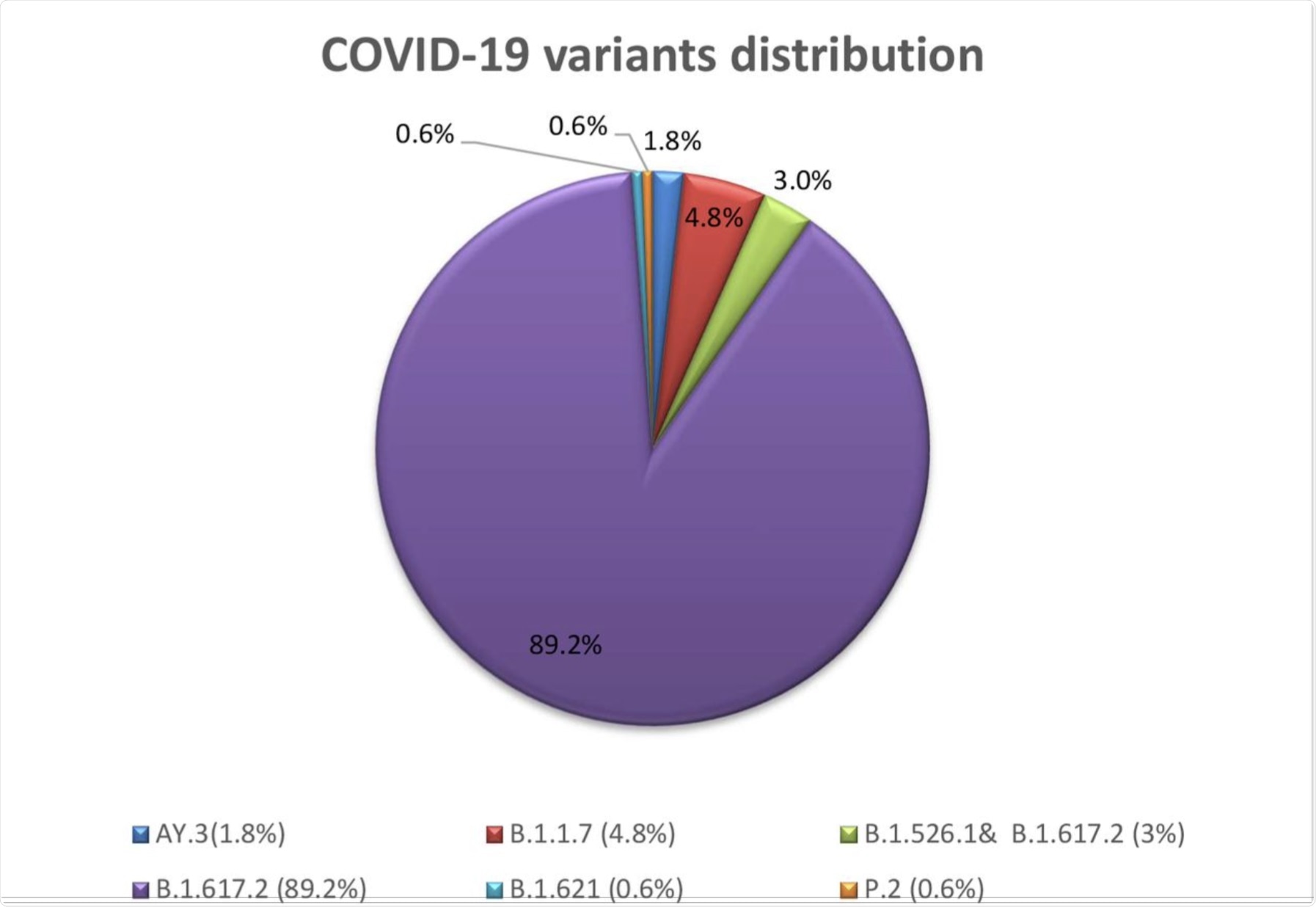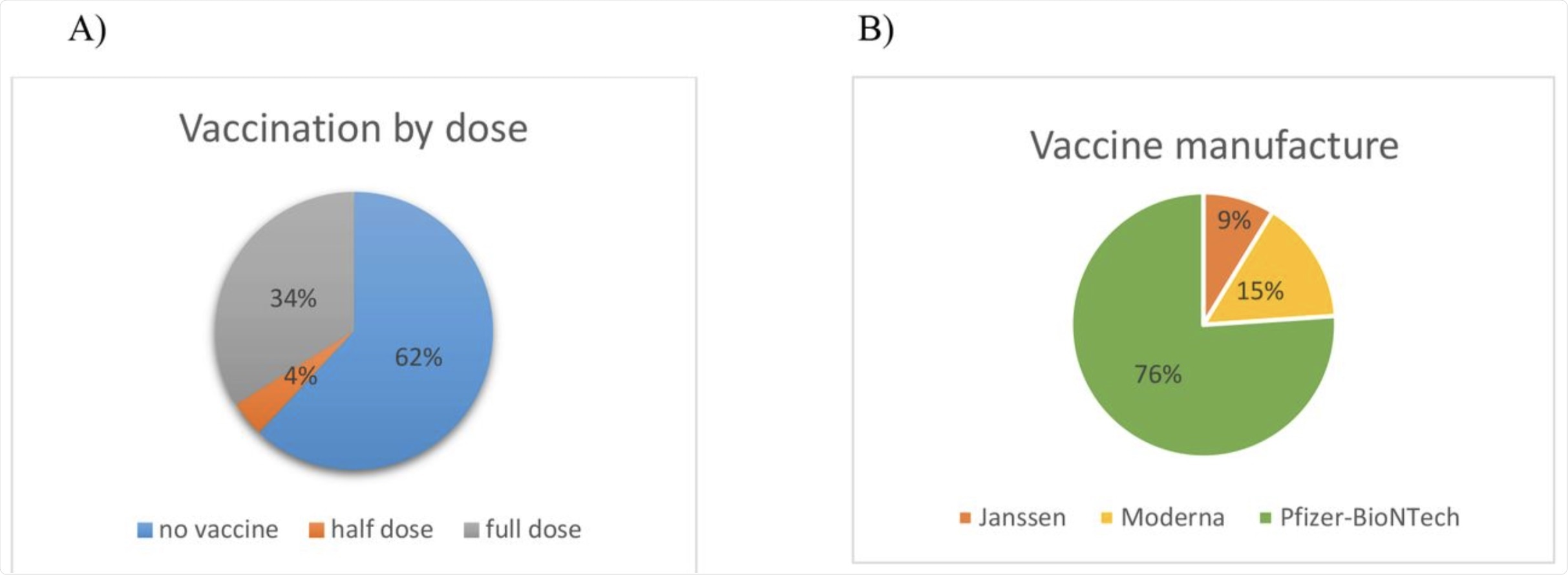The severe acute respiratory syndrome coronavirus (SARS-CoV-2) virus has mutated several times since the coronavirus disease 2019 (COVID-19) pandemic was first declared in March 2020.
COVID‑19 vaccines were introduced to reduce the otherwise increasing mortality and have since been scientifically proven to protect against severe disease, hospitalization, and death from SARS-CoV-2 variants. However, there have been reports of increasing breakthrough infections among vaccinated individuals.
 Study: The Impact of New SARS-CoV-2 Variants on Vaccine Breakthrough: a pilot study on spreading infection in the communities. Image Credit: MIA Studio / Shutterstock.com
Study: The Impact of New SARS-CoV-2 Variants on Vaccine Breakthrough: a pilot study on spreading infection in the communities. Image Credit: MIA Studio / Shutterstock.com

 *Important notice: medRxiv publishes preliminary scientific reports that are not peer-reviewed and, therefore, should not be regarded as conclusive, guide clinical practice/health-related behavior, or treated as established information.
*Important notice: medRxiv publishes preliminary scientific reports that are not peer-reviewed and, therefore, should not be regarded as conclusive, guide clinical practice/health-related behavior, or treated as established information.
The SARS-CoV-2 Delta variant (B.1.617.2) was first identified in India and has been considered the “greatest threat” in the world’s effort to contain COVID-19. The Delta variant appears to spread more easily and quickly than other variants. Furthermore, this variant is assumed to be capable of evading the vaccine-induced immune response and causing severe infections among vaccinated people.
In a recently published report on the preprint server medRxiv*, researchers from Texas assessed the incidence of new SARS-CoV-2 variants of concern in the communities in Dallas-Fort Worth (DFW). They conducted a pilot study to investigate vaccine breakthrough cases among samples with confirmed detection of COVID-19 variants in a local laboratory.
Study details
The researchers studied the viral whole-genome sequence from nasal swab samples collected from patients. Samples were collected from a total of 166 symptomatic cases of COVID-19 between June 1 and August 30, 2021. The variants were identified using reverse transcription-polymerase chain reaction (RT-PCR) cycle threshold (Ct) values and genotyping assays. Two nucleocapsid genes of the virus (N1, N2) were detected in all cases.
Researchers used the Ct values as primary determinants for virulence. In general, a lower Ct value reveals a higher viral load in the specimen, whereas a higher Ct value indicates a lower viral load. Patients with symptoms often exhibit lower Ct values as compared to those without symptoms.
Of all COVID-19 variants analyzed, 89.2% of the samples were found to contain genetic material from the B.1.617.2 variant. This was followed by the B.1.1.7 (4.8%) variant and a combination of the B.1.526.1 and B.1.617.2 (3%), AY.3 (1.8%), B.1.621 (0.6%), and P.2 (0.6%) variants.
 COVID-19 variant distribution.
COVID-19 variant distribution.
The researchers conducted a follow-up survey where 38% of patients indicated that they received either first dose (4%) or full dose of vaccine (34%), and 62% of patients were not vaccinated. Notably, 76% of vaccinated patients had received vaccines from Pfizer-BioNTech, 15% from Moderna, and 9% from Janssen.
Vaccine breakthrough cases occurred in all variants, with a majority of Delta variant (91%) followed by AY.3 (5%), B.1.1.7 (2%), and the double variant of B.1.526.1 and B.1.617.2 (2%). Patients were diagnosed with COVID-19 after 4 days to 31 weeks since the first day they received the full dose of their respective vaccine.
The Ct value was observed to be lower in the patients who received only the first dose than patients who received both doses. The Ct value was also lower in the patients who received the Janssen vaccine as compared to the patients who received vaccines from Modera or Pfizer-BioNTech.
Meanwhile, the Ct value was lower among males than among females. However, there was no statistical significance identified in these observations. The Ct value did not show a significant difference between vaccinated and non-vaccinated groups as well.
 A) The pie chart represents the percentage of patients’ immunization status. B) The pie chart represents the percentage of vaccine manufactures patients received.
A) The pie chart represents the percentage of patients’ immunization status. B) The pie chart represents the percentage of vaccine manufactures patients received.
Implications
The current study made two key observations, the first of which is that it identified the Delta variant as the dominant variant spreading within communities. Second, the researchers identified the Delta variant as the causative agent behind vaccine breakthrough infections, albeit not linking any to a specific vaccine manufacturer.
The viral load (Ct value) was most likely to have an association with age; however, this will need to be further analyzed. Nonetheless, the current study findings are crucial in guiding vaccine development strategies to combat vaccine breakthrough infections.
The current study supported the laboratory’s ongoing efforts to sequence the SARS-CoV-2 genome from COVID-19 patient samples to monitor the SARS-CoV-2 variants in the communities and possible vaccine breakthrough mutations. The study also stressed the critical importance of maintaining the public health mitigation measures by wearing masks, physical distancing, daily symptom screening, regular testing, avoiding crowds and unnecessary travel, and obtaining a full vaccination until herd immunity is reached at large.

 *Important notice: medRxiv publishes preliminary scientific reports that are not peer-reviewed and, therefore, should not be regarded as conclusive, guide clinical practice/health-related behavior, or treated as established information.
*Important notice: medRxiv publishes preliminary scientific reports that are not peer-reviewed and, therefore, should not be regarded as conclusive, guide clinical practice/health-related behavior, or treated as established information.